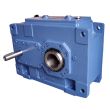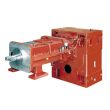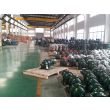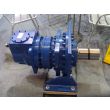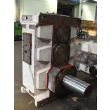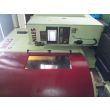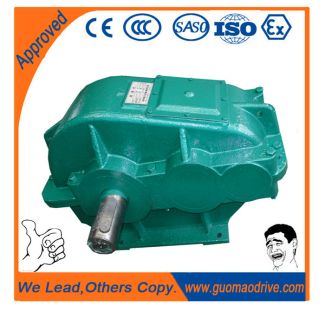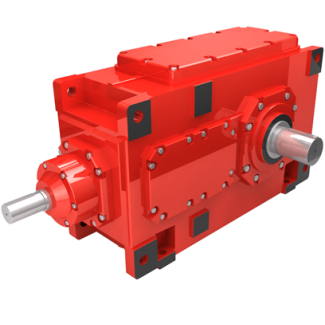B4-SH8-B Gear unit dimensions fourstage gear unit sizes Bevel-helical gear boxes B4
In stock
SKU
B4-SH8-B
$14,035.71
Flender/Flender Gear Units/Bevel-helical gear boxes B4
smissions in Nivelles, is also .. subsidiary." Belgium' major gear-consuming industries include steel, automotive, textile, chemical, agriculture, and food processing. Demand for gears has increased as Belgium experienced its best economic growth in the past decade. In 1, the Belgian
Demand for gears has increased as Belgium experienced its best economic growth in the past decade. In 1, the Belgian  economy grew at rate of almost 4 percent Belgium' central location and highly developed transportation infrastructure have helped make it
economy grew at rate of almost 4 percent Belgium' central location and highly developed transportation infrastructure have helped make it  one of the largest exporters in Europe. It is European manufacturing base for many multinational firms." Much of Belgium' growth
one of the largest exporters in Europe. It is European manufacturing base for many multinational firms." Much of Belgium' growth  is attributable to its automotive gear-producing sector, which accounts for approximately 7 percent of total gear production. The automotive sector has rienced massive investment in the latter part of 1 . Auto assembly plants now include Ford, GM, Renault, Volkswagen, and Volvo. The remaining 3 percent of production is primarily industrial gearing. During 1-8, the Belgian trade surplus for gears increased significantly from $1.7 million to $2.8 million, and imports as percent of apparent consumption declined from 6 percent to 5 percent Imports of gears and gearing increased almost 1 percent, from $1.2 million in 1 to $4.9 million 7 Ibid. 7 .. Department of Commerce, International Trade Administration, "Foreign Economic Trends and Their Implications for the United States: Belgium" ((Washington, Dig: .. Department of Commerce, International Trade Administration, July . in 1 (table 5-. The increase, as measured in Belgian francs, was not as substantial. Imports grew from 1.8 billion Belgian francs to 1.1 billion Belgian francs, an increase of 3 percent Other EC countries, particularly France, West Germany, and the United Kingdom, were the principal sources of imports. Exports of gears and gearing increased almost 7 percent during 1-8, from $3.9 million in 1 to $6.7 million in 1. As measured in Belgian francs, exports grew from 2.1 billion Belgian francs to 2.0 billion Belgian
is attributable to its automotive gear-producing sector, which accounts for approximately 7 percent of total gear production. The automotive sector has rienced massive investment in the latter part of 1 . Auto assembly plants now include Ford, GM, Renault, Volkswagen, and Volvo. The remaining 3 percent of production is primarily industrial gearing. During 1-8, the Belgian trade surplus for gears increased significantly from $1.7 million to $2.8 million, and imports as percent of apparent consumption declined from 6 percent to 5 percent Imports of gears and gearing increased almost 1 percent, from $1.2 million in 1 to $4.9 million 7 Ibid. 7 .. Department of Commerce, International Trade Administration, "Foreign Economic Trends and Their Implications for the United States: Belgium" ((Washington, Dig: .. Department of Commerce, International Trade Administration, July . in 1 (table 5-. The increase, as measured in Belgian francs, was not as substantial. Imports grew from 1.8 billion Belgian francs to 1.1 billion Belgian francs, an increase of 3 percent Other EC countries, particularly France, West Germany, and the United Kingdom, were the principal sources of imports. Exports of gears and gearing increased almost 7 percent during 1-8, from $3.9 million in 1 to $6.7 million in 1. As measured in Belgian francs, exports grew from 2.1 billion Belgian francs to 2.0 billion Belgian| Model Type | Bevel-helical gear boxes B4 |
|---|---|
| Gear Type | Bevel Helical Gear |
| Weight (kg) | 655.000000 |
| Ratio Range | 1 : 100…400 |
| Low Speed Output | Solid shaft with parallel key acc. to DIN 6885/1 |
| Nominal Torque | 27200 Nm |
| Mounting Arrangements | Horizontal mounting position |
| Manufacturer | Flender GmbH |
| Country of Manufacture | Jordan |
| Data Sheet & Drawings | B4-SH8-B Gear unit dimensions fourstage gear unit sizes Bevel-helical gear boxes B4 |

